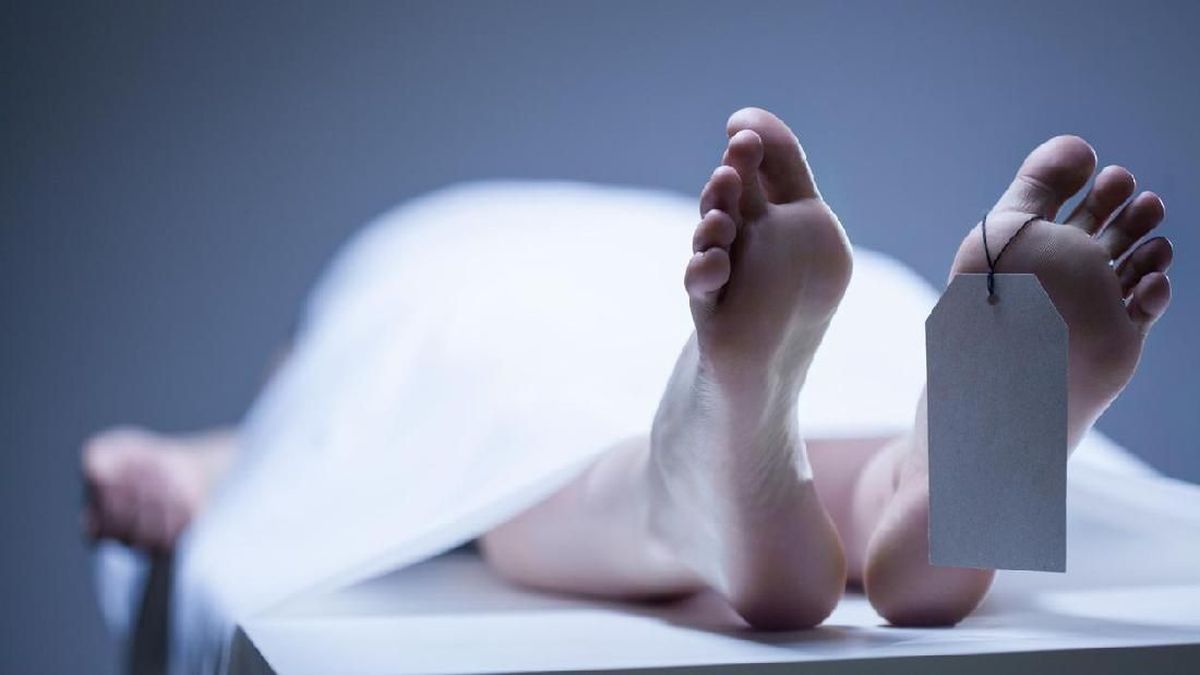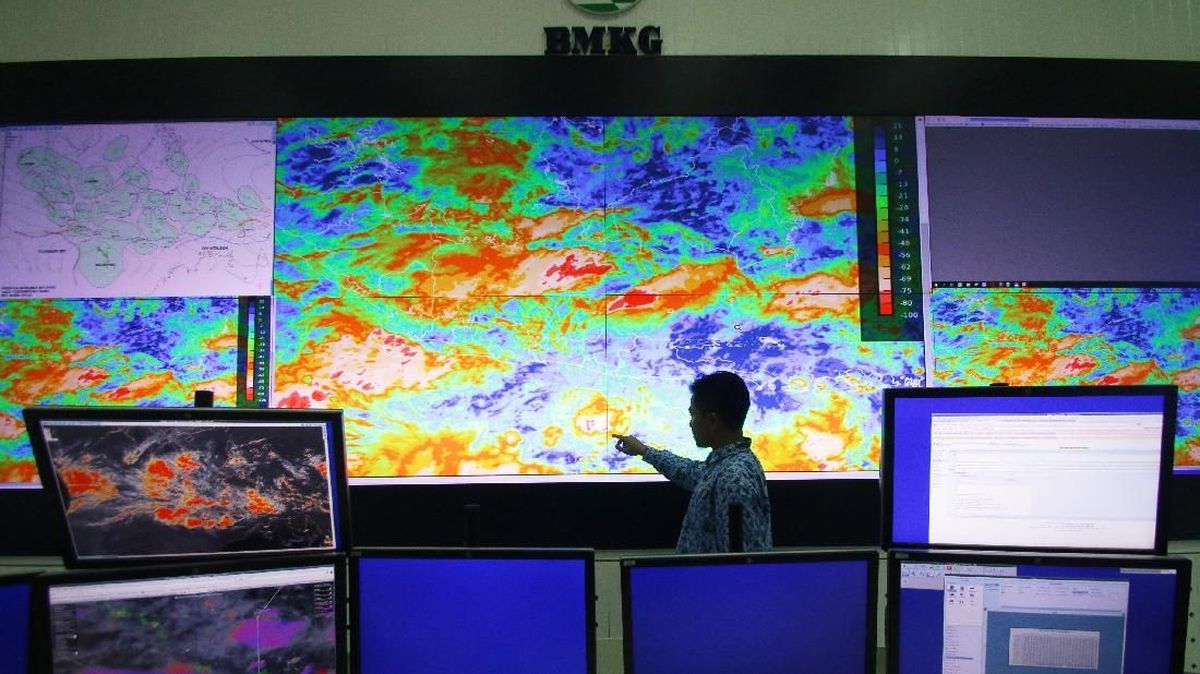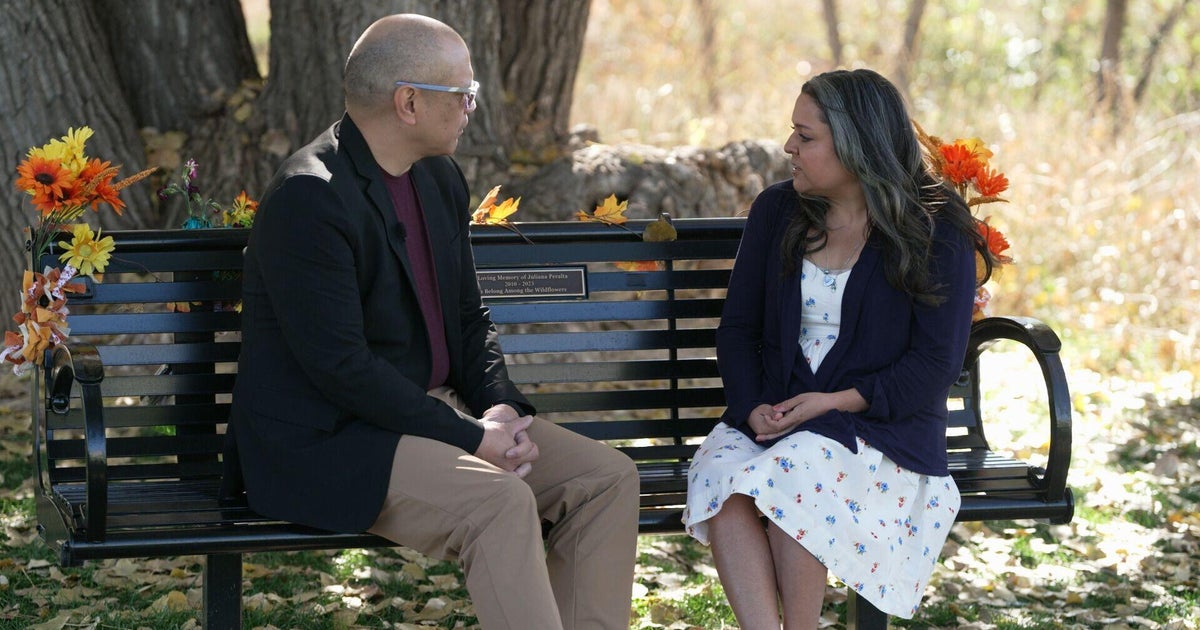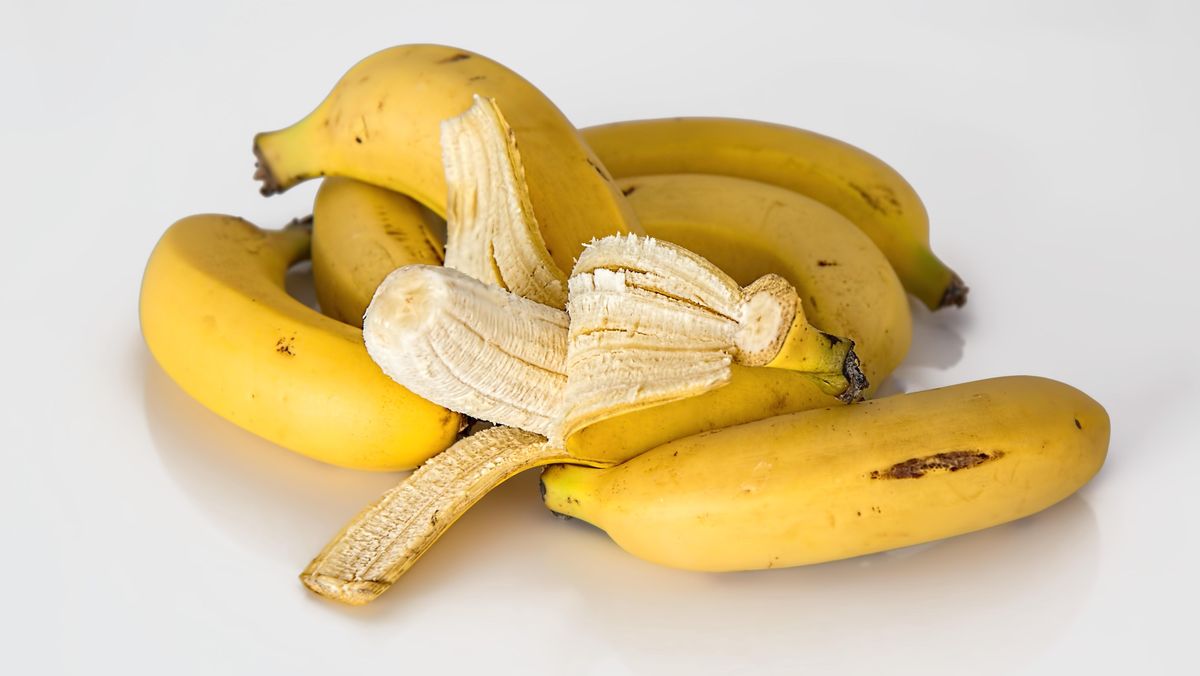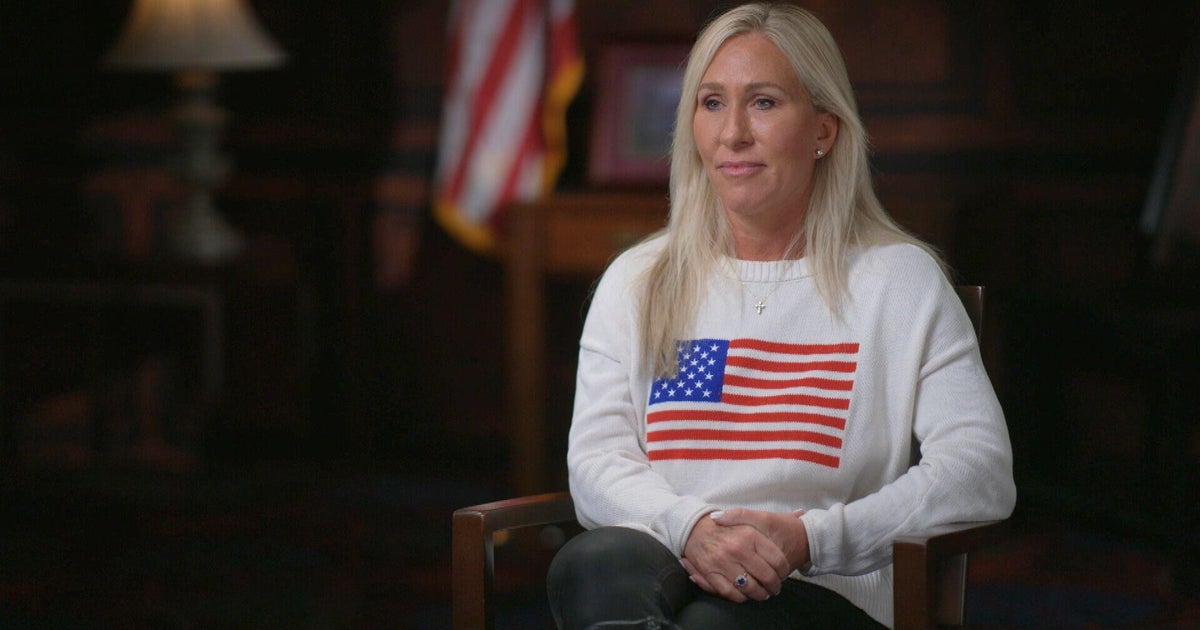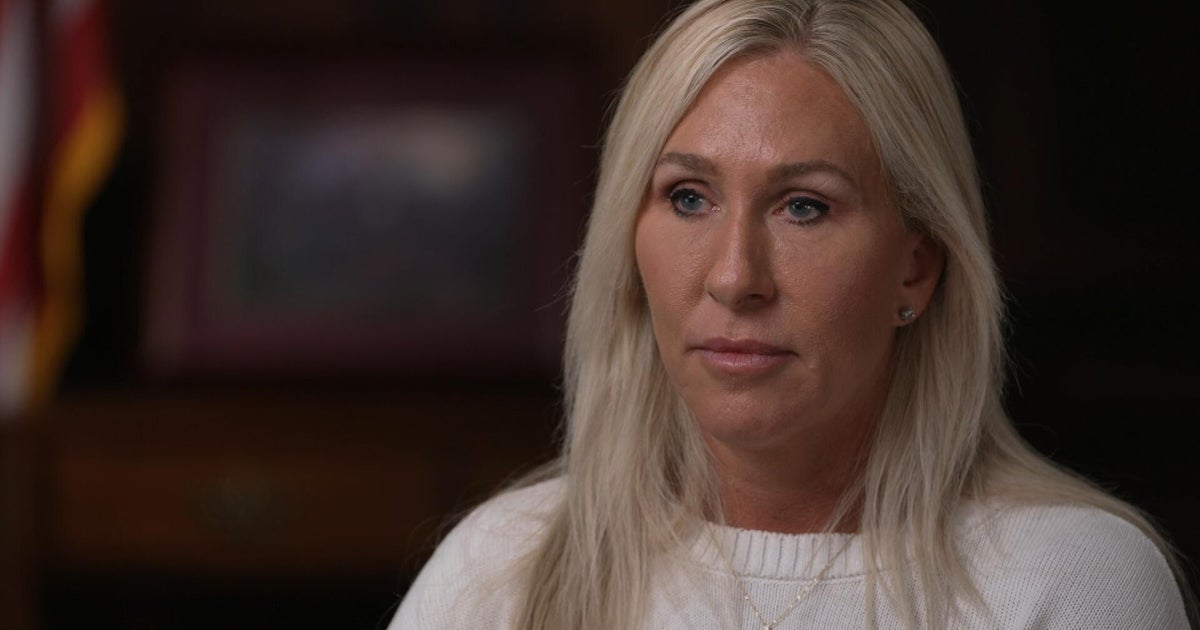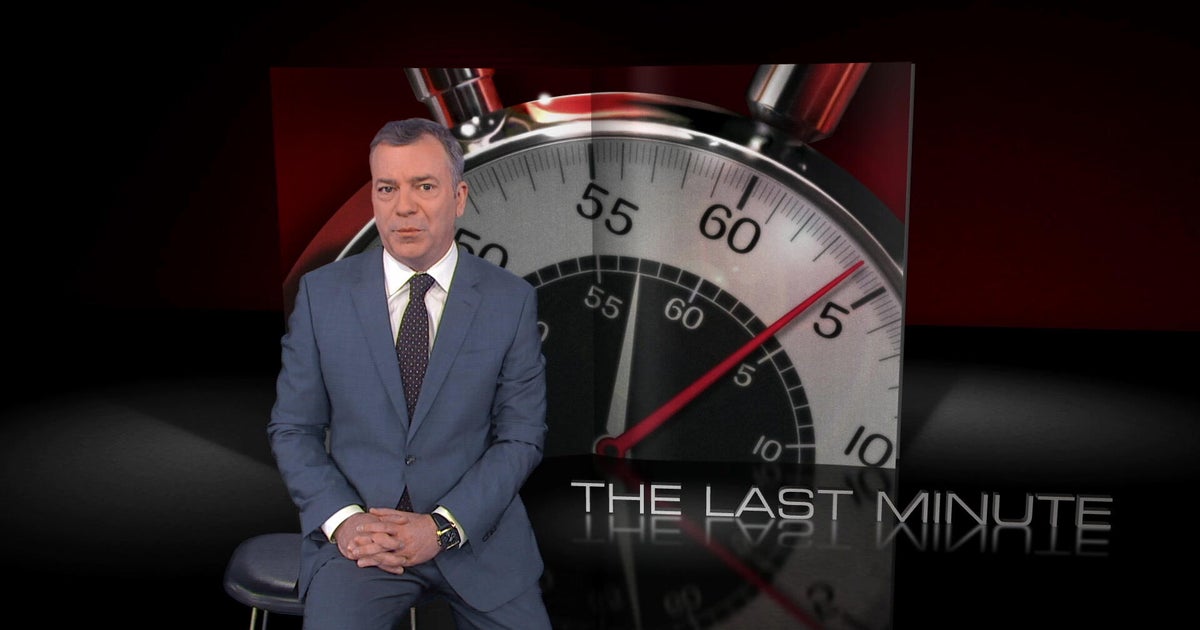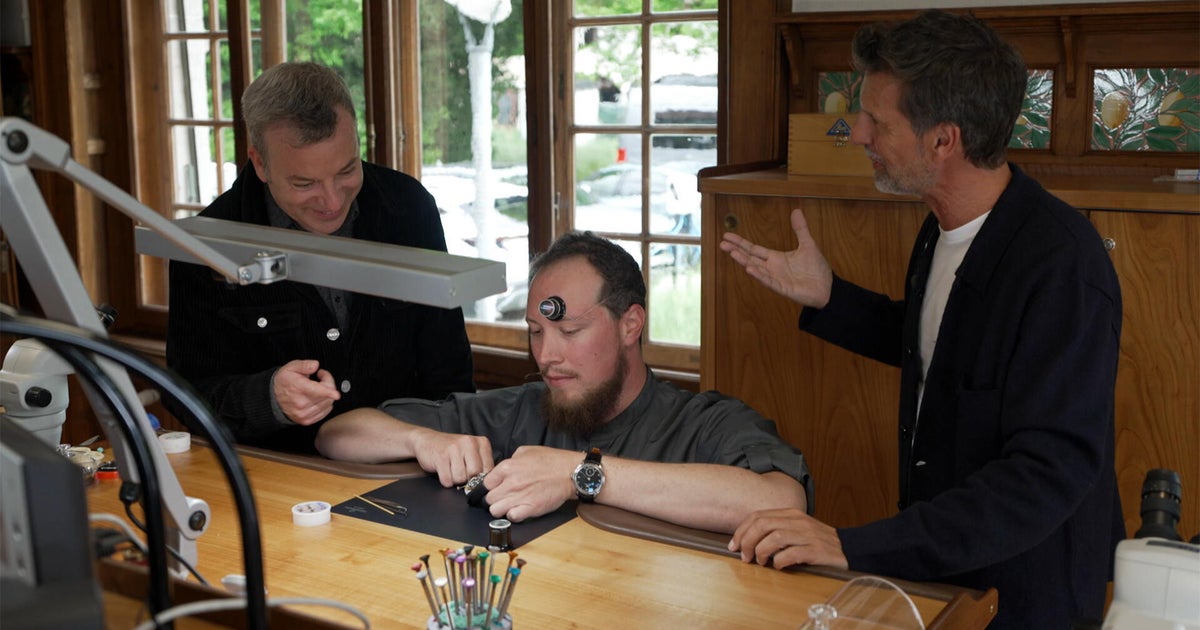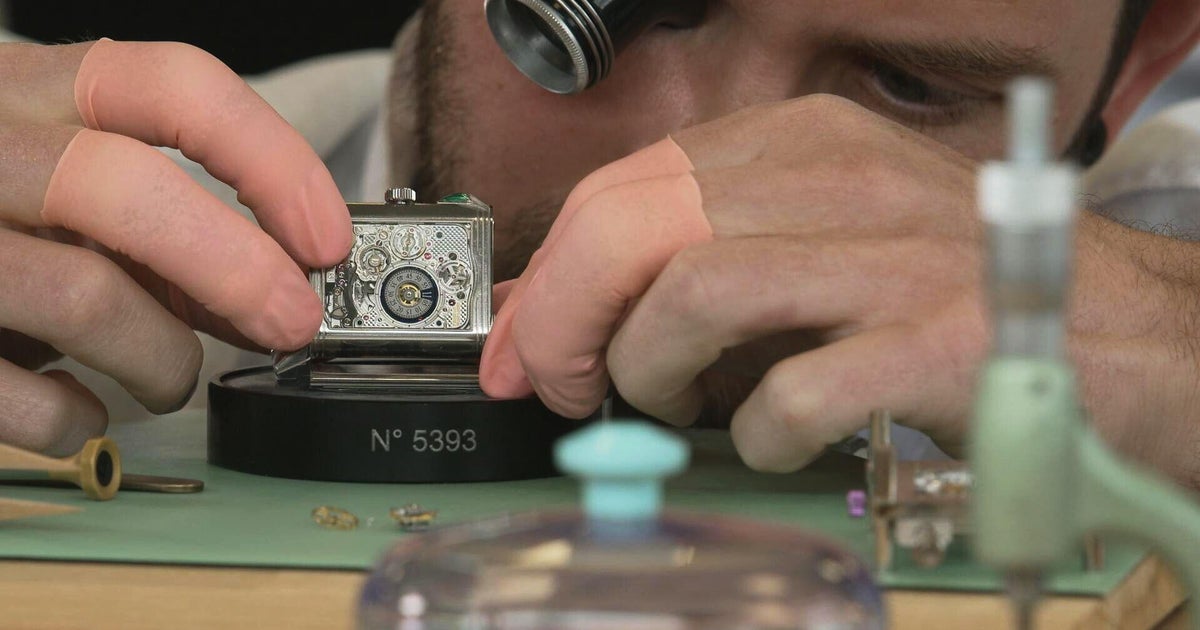November 5, 2025 — 5:00am
How fast do cruise ships travel?
The speed of a cruise ship is measured in knots, which is one nautical mile or 1.852 kilometres an hour.
Most cruise ships travel at between 21 and 24 knots, or about 40 kilometres an hour. The larger the ship, the slower its average speed. Royal Caribbean’s mega-ships usually travel at between 18 and 20 knots.
Ships can go somewhat faster, but that’s less fuel efficient. Ships might slow down in choppy seas to avoid unpleasant movement. On the other hand, they speed up when trying to outrun rough water or storms.
Speed is also influenced by the direction of wind and waves, the ship’s displacement, the number and condition of its propellers, and the condition of the hull.
Speed is adjusted depending on the distance between ports. Cruise ships don’t want to arrive before their scheduled time, as that would mean additional docking fees.
Ocean liners are slightly different, as these are built to convey passengers from A to B (typically across the North Atlantic) at speed. In the 1950s the SS United States reached a record 38 knots (70km/h).
The fastest liner currently sailing is Cunard’s Queen Mary 2 which can reach speeds of up to 30 knots, although it generally cruises more slowly.
How much do cruise-ship workers earn?
The answer depends on the cruise line, the job, seniority and other factors such as whether crew members get tipped.
Bartenders and butlers have a good chance of earning handsome tips. Pot-washers and laundry workers go without, unless cruise companies distribute all-included or automatically added tips between all crew.
The best-paid people on cruise ships are captains, who might earn up to $30,000 a month. Chief engineers, hotel managers, executive chefs, cruise directors and doctors could earn up to $15,000 a month. At the lower end of the scale, waiters might expect between $1400 and $3800 a month depending on the cruise line, and kitchen workers somewhere in the middle of that range.
Salaries are quoted per month because most workers have short-term contracts of six or nine months and get no holiday or retirement benefits. They have no days off while on board and work very long hours.
You don’t want to work on a cruise ship, but rather run the cruise company. While the average chief executive in America makes 268 times the median employee salary, cruise-line chief executives make up to 1398 times more. Carnival Corporation’s CEO made more than $36 million in 2024.
How many crew members are there on a cruise ship?
The number of people working on a cruise ship depends on the ship’s size and luxury levels. Instead of total numbers, it’s more useful to think about the crew-passenger ratio.
On big budget ships the ratio is somewhere between 1:2 and 1:3, in other words one crew member for every two or three passengers. For example, Royal Caribbean’s Odyssey of the Seas carries 1663 crew and 4200 passengers.
Premium ships reduce this ratio to somewhere around 1:1.7. Meanwhile, luxury ships will have the best crew-passenger ratio because they provide high levels of personalised service.
The ratio hovers around 1:1.2 on top-end ships. For example, Regent’s Seven Seas Explorer carries 732 guests and 567 crew. Some small ships have a 1:1 ratio and a few even have more crew than guests.
The crew is generally divided into the deck department (which includes officers and deckhands), the engineering department (engineers, electricians and repair staff) and the hotel department. The latter is by far the biggest on a cruise ship, comprising between 70 and 85 per cent of the entire crew, and includes chefs, kitchenhands and all the workers you encounter daily, such as housekeepers, waiters, bartenders and receptionists.
Why are bananas considered unlucky aboard ships?
I thought you’d never ask. The answer is that people believe in all manner of improbable things, and this is just one of them.
Nobody knows the answer, but there are a few theories as to how this sailor’s superstition might have arisen.
One perhaps plausible theory is that because bananas float, they were often found amid the wreckage of sunken cargo ships, thus linking shipwrecks with bananas in sailors’ minds. Apples and watermelons float too, but were more likely to be transported overland.
Another theory is that because bananas spoil so rapidly, unwary sailors who thought to rely on them were left short of food. Implausible, you’d think, unless sailors are very slow learners.
Another more likely proposition is that bunches of bananas can conceal poisonous snakes and spiders.
An absurd theory touted on the internet is that the ethylene gas released by bananas (which accelerates ripening) is off-putting to fish. But what fisherman would ever carry enough bananas for this – even if true – to have any effect?
You needn’t worry about the banana supply, as you’ll certainly find bananas aboard cruise ships these days. The unluckiest you might get is if you slip on a carelessly discarded peel as you stroll the promenade deck.
What European river should I cruise?
The most popular rivers are the Rhine and the Upper Danube. They’re sometimes combined in longer itineraries via the Main River and canal. Every river-cruise company operates on these rivers, so you’ll have a wide choice of styles, and competitive price points.
For those unfamiliar with Europe they provide a multi-country overview and a good variety of sights: big capitals such as Amsterdam or Vienna, splendid historical cities, castles and vineyards.
The scenery isn’t dramatic except in short bursts, notably the Rhine Gorge and, on the Danube, the Wachau Valley, but is often pretty and pleasant.
The other multi-country itinerary is the Lower Danube, typically between Budapest and Bucharest, which takes in a sweep of Eastern Europe and has grander landscapes.
If you prefer a regionally focused holiday, consider the Douro River in Portugal, Venetian Lagoon in Italy or one of four rivers in France: the Loire, Seine, Rhone or waterways around Bordeaux. Portugal and Bordeaux will suit wine lovers.
Away from the mainstream, you can cruise other European rivers, although your cruise-line choices will be limited. Among them are the Guadalquivir in Spain, Necker and Elbe in Germany, Oder in Germany and Poland, and Sava and Tisza in Hungary and Serbia.
What is norovirus?
Norovirus is an infection that has somewhat unfairly become associated with cruise ships – which are obliged to report outbreaks – but isn’t uncommon elsewhere. It spreads quickly in places where people are in close contact.
Norovirus is very contagious, even when few viral particles are present. You can catch the infection from direct contact with others, touching contaminated surfaces and then your mouth, or eating or drinking contaminated food.
It results in gastroenteritis or inflammation of the stomach or intestines, and results in vomiting and diarrhoea, and sometimes fever and body aches.
Symptoms usually develop within a day or two of exposure and are often acute. Dehydration is a major risk, especially for children and older adults.
There is no treatment for norovirus. Most people recover within three days, but they can still spread the virus for up to two weeks later.
Unfortunately, the pandemic doesn’t appear to have taught most cruise passengers much about ongoing hygiene, and hand-washing before eating is no longer encouraged on many ships.
But norovirus can be avoided if you wash your hands often and thoroughly. Use the disinfectant provided at the entrance of ship restaurants when you enter and, if in the buffet, after you’ve handled tongs. Better to be fastidious than ill.
Should I do a maiden voyage?
A maiden or inaugural voyage is a new cruise ship’s first passenger-carrying itinerary. They’re popular with cruise fans eager to experience the brand new, especially if the ship is a new class of vessel with layout, decor and amenities that differ from previous classes.
You may, however, find issues with a maiden voyage, not least a delay or cancellation if the ship’s construction hasn’t run to plan. The company will rebook or refund you, but that doesn’t extend to any other holiday arrangements you made yourself.
Sometimes maiden voyages are plagued with problems such as faulty toilets or grounded lifts. Construction workers may be on board, finishing off certain areas, or tinkering with loose door handles or lights that don’t work.
Some experienced crew are reassigned from sister ships, but be aware that many crew will be new to the job, so expect some confusion and delays in service, especially in restaurants.
If you’re a laid-back type and keen to experience a brand-new ship, nothing wrong with all of the above. If you’re a fussy customer, however, you’d best book a cruise a month or two into the inaugural season, when everything should be fixed, and service will have settled into its smooth routine.
Why cruise? Can’t I just do it myself on land?
You could certainly replicate many cruises yourself, but not with the same ease. Book a cruise holiday, and you don’t have to do any complicated planning. You don’t have to pack and repack every night, worry about how to get from A to B, or find your hotels and meals.
Something many naysayers overlook is that not having to deal with all the travel practicalities leaves you much more time to relax or sightsee. Yes, you’re in port for just one day, but you have all 10 hours to devote to enjoying yourself.
You probably wouldn’t want to replicate a cruise itinerary. The sequence of stops would make no sense. You’d spend most of your day on trains or planes getting from the Amalfi Coast to Malta, Malta to Sicily, Sicily to Dubrovnik. On a cruise ship, it happens while you’re sleeping.
Then there are places you can’t get to any other way but by expedition ship – at least, not unless you’re an explorer, research scientist or billionaire. Alaska and Greenland have well nigh no interconnecting roads. Antarctica is off limits. Fabulous reefs and lagoons in the South Pacific? Well, you could get there eventually, but not without major logistics.
Won’t I be seasick while cruising?
If you get caught in a storm while crossing the notorious Drake Passage between South America and Antarctica, or even on the sometimes-troubled Tasman Sea between Australia and New Zealand, there are no guarantees.
Seasickness affects different people in different ways, and has nothing to do with your overall health or fitness. Even in a moderate swell, some passengers feel nauseous while others happily tuck into four-course meals.
I’ve been seasick twice, both times on small ferries. But I’ve never been physically sick on a cruise ship, and only twice felt nauseous enough that I had to skip dinner and lie down.
If you’re prone to seasickness, avoid smaller and older ships. The most up-to-date ships are highly engineered and have stabilisers deployed in rough conditions.
Cruise ships generally sail in optimal summer seasons and try their best to avoid bad weather. You could, however, avoid long open sea crossings and pick cruises with short distances between ports.
Consult a pharmacist before your cruise for preventions and remedies. Choose a lower-deck and mid-ship cabin, where movement is reduced. Keeping the horizon in sight, eating ginger and having abundant fresh air helps with symptoms. If none of that works, river cruising is for you.
Do cruise ships ever encounter rogue waves?
Yes, on very rare occasions. Rogue waves can occur anywhere but are more common where strong currents and strong winds meet, such as in the Drake Passage between South America and Antarctica, off the South African coast, or in the Bay of Biscay west of France.
In December 2022, Viking Polaris was struck by a forceful seven-metre rogue wave in the Drake Passage that injured several passengers and sadly killed another.
And in November 2024, Explorer of the Seas was travelling from Barcelona to Miami when it was hit by a rogue Atlantic wave that caused the ship to list enough to upturn furniture.
Ships can also encounter unusually rough seas. In March 2019, Viking Sky lost engine power in a storm off Norway, with many passengers evacuated by helicopter. Spectacular YouTube videos resulted.
Unfortunately, a storm in the Bay of Biscay in November 2023 killed one passenger aboard Spirit of Discovery and injured more than 100 others.
Such events are rare. Cruise ships have reinforced hulls and windows and abundant stabilisation systems that reduce the effect of large waves. Itineraries are altered to avoid severe weather conditions.
However, climate change is causing more severe storms, with an increase in wind speed and wave size, so we might have to brace ourselves for more.
What is your favourite cruise line?
Of all the cruise questions I’m asked, this is the most common. I understand why people are curious, but I have no definitive answer.
This is best illustrated with a more familiar question: What’s your favourite country?
Surely as travellers we like different countries for different reasons. Maybe New Zealand is your favourite for scenery, but that hardly helps when you’re craving French cuisine or a tropical-beach getaway.
Anyway, even if you have a favourite country, would you want to spend every single holiday there? Unlikely.
The same applies to cruising. Not all cruise ships are the same. Each, just like each country, has its attractions and downsides. I might love certain mainstream ocean lines, but they’re never going to get me to expedition destinations, or up a European river.
And while one ship is outstanding for food, another is best for suites or service. One offers educational programs, another waterslides and musical entertainment. Some are quiet, others merry.
I like all those things, depending on my holiday mood. No cruise line offers them all. No cruise line sails everywhere.
My answer? Don’t commit yourself to a single cruise line. Enjoy the life of a serial philanderer, and you’ll get more of what you want.
Should I do a Christmas markets river cruise in Europe?
December itineraries were introduced by river-cruise companies more than a decade ago in order to make added revenue from ships that would otherwise be mothballed over winter.
Clever move: since then, Christmas cruises have become steadily more popular, so think ahead to 2025 or 2026 if you want your first choice of itinerary and cabin. You can no longer expect bargain prices at this time of year.
The big downside is the weather. In the climate-change era, your chances of a snowy winter wonderland are very slim. It’s more likely to occasionally rain, with temperatures hovering above zero. Days are short, which impacts on outdoor sightseeing.
On the other hand, you experience the dark, cosy, cheerful ambience of a European Christmas in towns graced with festival street lighting and Christmas trees.
Christmas markets are a fine cultural experience, often set in old towns. They sell regional handicrafts and food, so no two are the same, but plan for other sightseeing or you might overdose on Christmas kitsch.
Sign up for the Traveller newsletter
The latest travel news, tips and inspiration delivered to your inbox. Sign up now.
Brian Johnston seemed destined to become a travel writer: he is an Irishman born in Nigeria and raised in Switzerland, who has lived in Britain and China and now calls Australia home.


